The Guiana Chestnut, known too as the Saba Nut or Money Tree, is a special tree from the wetlands of Central and South America.
This tree always stays green and can become quite tall – between 9 to 18 meters. It has a greenish-gray smooth bark and its trunk is big at the bottom. The leaves are made up of 5 to 9 smaller leaves that spread out like a hand. Guiana Chestnut flowers are large, white, and smell nice. They grow in clusters on the branches and bloom only at night, wilting the next afternoon.
Its fruit looks like a smooth, green capsule that opens by itself to show 10 to 25 brown seeds, each about the size of a small coin. In Brazil, people like to grow this tree for its fruit. In other places, it’s grown to look nice in gardens or inside homes, as an ornamental plant.
The tree belongs to the Latania genus, which is in the subfamily Bombacoideae of the family Malvaceae. It was once thought to belong to the Bombacaceae family.
The nickname “Money Tree” comes from a story about a poor guy who prayed for wealth, discovered this strange plant, took it home, and started making money by selling plants grown from its seeds.
Table of Contents
- How to Grow the Guiana Chestnut
- Starting New Plants
- Getting and Using Fruit
- Common Problems with Pachira
- How to Eat the Seeds
- FAQs
- Is Guiana chestnut the same as a money tree?
- Can you eat Guiana chestnut?
- How much time does a Guiana chestnut need to start having fruit?
- What’s the height of a Guiana chestnut tree when it’s fully grown?
How to Grow the Guiana Chestnut
The Guiana Chestnut likes tropical climates and can grow up to 1000 meters high. It loves warm weather around 24°C and lots of rain – between 1000-2000mm a year. It does best in bright spots but can handle a bit of shade and temperatures from 12°C to 25°C. If there’s less sunshine in the autumn, it might lose some leaves but don’t worry, they’ll grow back come spring.
This tree is ready to make fruit when it’s about 4 or 5 years old, usually in spring and fall. It can survive if it gets a little cold – as low as 5°C – but better keep it warmer than 12°C, especially if it’s grown inside, like in an orangery. Even if it loses leaves after a light frost, it will get new ones next spring.
When the tree is young, it just needs the basics: water, some sun, and a bit of fertilizer. Once it gets bigger, it enjoys the sun but can still manage in the shade. Usually, these trees don’t need a lot of help from us to make fruit all year round, but if we water and feed them during dry times, they can give even more fruit.
To start a new tree, the best way is to plant seeds. It’s easy to do and they usually sprout very fast, in about two weeks, if they’re fresh. Seeds grow slowly after they sprout and take a few years to get to a decent size – like 2 to 3 meters tall.
Starting New Plants
To make more Guiana Chestnut plants, you can cut a piece of a branch in spring – a bit that’s 20cm long and kind of woody at the top. Cut it right above where a leaf attaches to the branch, take off the lower leaves, and put it in water to help it grow roots.
When the roots are about three inches long, you can plant the cutting in a pot. This soil should be damp, drain well, and have a bit of perlite mixed in. Potting soil labeled for houseplants is good, or you can make your own with compost, sand, and perlite.
After you pot the cutting, cover the pot with a see-through bag to help it keep moisture. Keep it in a bright place without direct sun and make sure the soil stays damp. This helps the cutting grow roots. After about three weeks, when you see new leaves, you can take off the bag. If you keep pruning the plant and make sure it has warmth, damp soil, good drainage, and plenty of light, it should grow nicely.
Getting and Using Fruit
Guiana Chestnut trees that grow from seeds take about 4 to 5 years to make fruit. If you start with a cutting, you might get fruit sooner. Depending on the weather, they can make fruit all year or just once a year. It takes 4 to 5 months for one fruit to be ready, and the tree will give more fruit every year.
Pick the fruit when it is ripe and falls from the tree. It’s better to get the seeds before they start to grow on the ground. Keep checking the tree and grab the fruits before they pop open and let the seeds out. You can keep the seeds dry for a few months then.
Common Problems with Pachira
Keep an eye out for usual troubles like the roots getting too wet, bugs like spider mites, the air being too dry, leaves getting curled or brown on the edges, the plant being unhappy after moving, or losing lower leaves.
Treating your plant nicely can stop these issues. If they do happen, soak the plant real good before putting it in a new pot, and check the roots for any bad parts.
Increase the air’s moisture around the plant and keep it in light that’s not too bright until it gets used to it. Remember to water it enough, but not too much. Loosening the soil with something like a chopstick can also help add air to the soil.
If problems keep happening even after you try these tips, you might want to ask an expert or start over with a new plant.
How to Eat the Seeds
You can eat the seeds of the Guiana Chestnut either raw or roasted. But, they have stuff in them that makes them hard to digest, so it’s better to roast them first. This also makes them taste better and makes the tough shell easier to get off. These seeds have been a tasty snack for a long time and they’re good for you too.
FAQs
Is Guiana chestnut the same as a money tree?
Yes, people often call the Guiana chestnut a money tree. This nickname comes from an old story about a man who didn’t have much money. He prayed for wealth and found a strange plant. After bringing it home, he made money by growing more plants from its seeds and selling them.
Can you eat Guiana chestnut?
Yes, you can eat the seeds of the Guiana chestnut. They can be enjoyed raw or after being roasted. The roasting is important because the seeds have stuff in them that isn’t so good for you. But once you roast them, these factors get broken down and the seeds become easier to digest and are better to eat.
How much time does a Guiana chestnut need to start having fruit?
If you grow a Guiana chestnut tree from seedlings, you will wait about 4-5 years before it gives fruit. However, if your tree comes from cuttings, it might fruit quicker—within about 2-2.5 years. Once the tree starts to fruit, each one needs 4-5 months to get ripe. You’ll also find that your tree gives more fruit as the years go by.
What’s the height of a Guiana chestnut tree when it’s fully grown?
In the wild where it comes from, the Guiana chestnut can reach heights between 9 and 18 meters. But when you grow it at home or in a garden, it doesn’t get that tall—people usually trim it to keep it at the size they like.
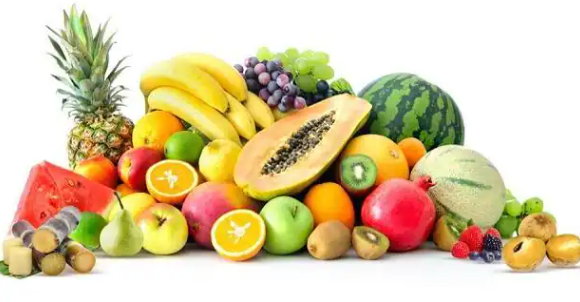

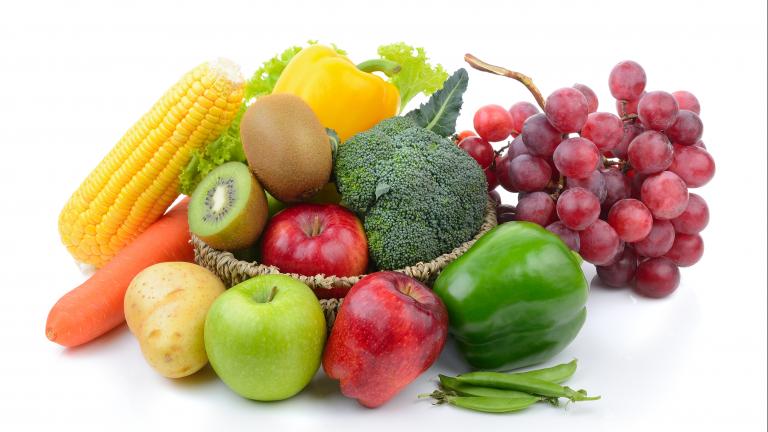

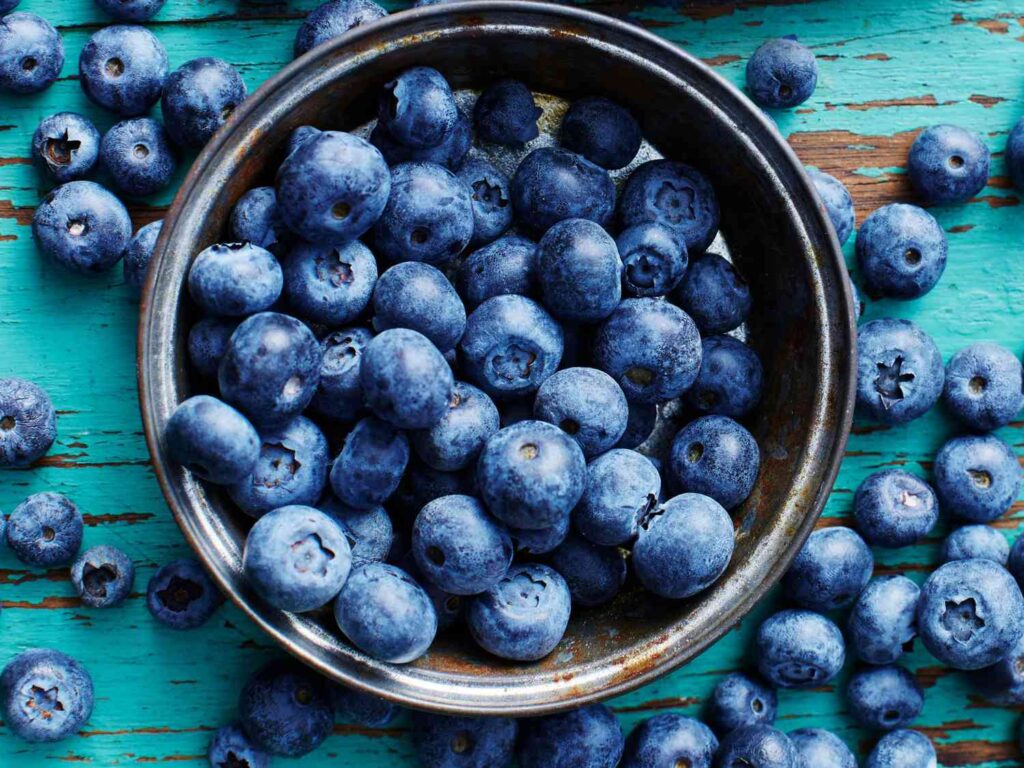

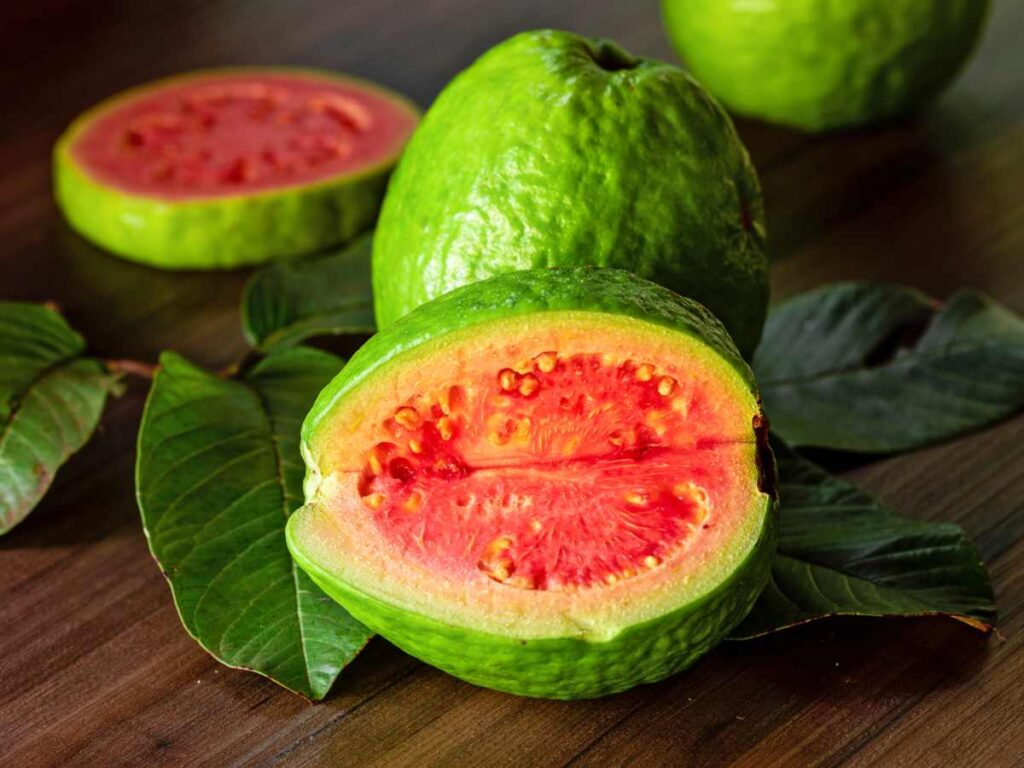
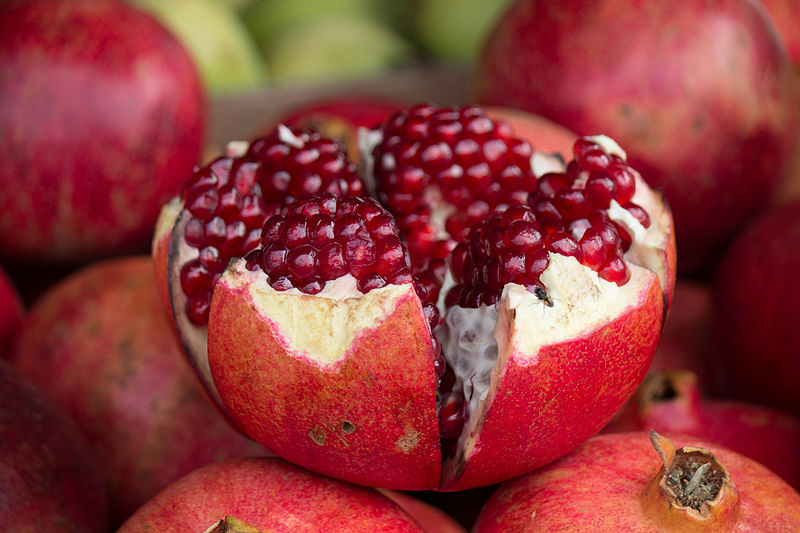
![What Fruits Can A French Bulldog Eat? [15 Nutritious Fruits]](https://fruitonix.com/wp-content/uploads/2023/05/Screenshot-2023-05-11-2.49.17-AM.png)